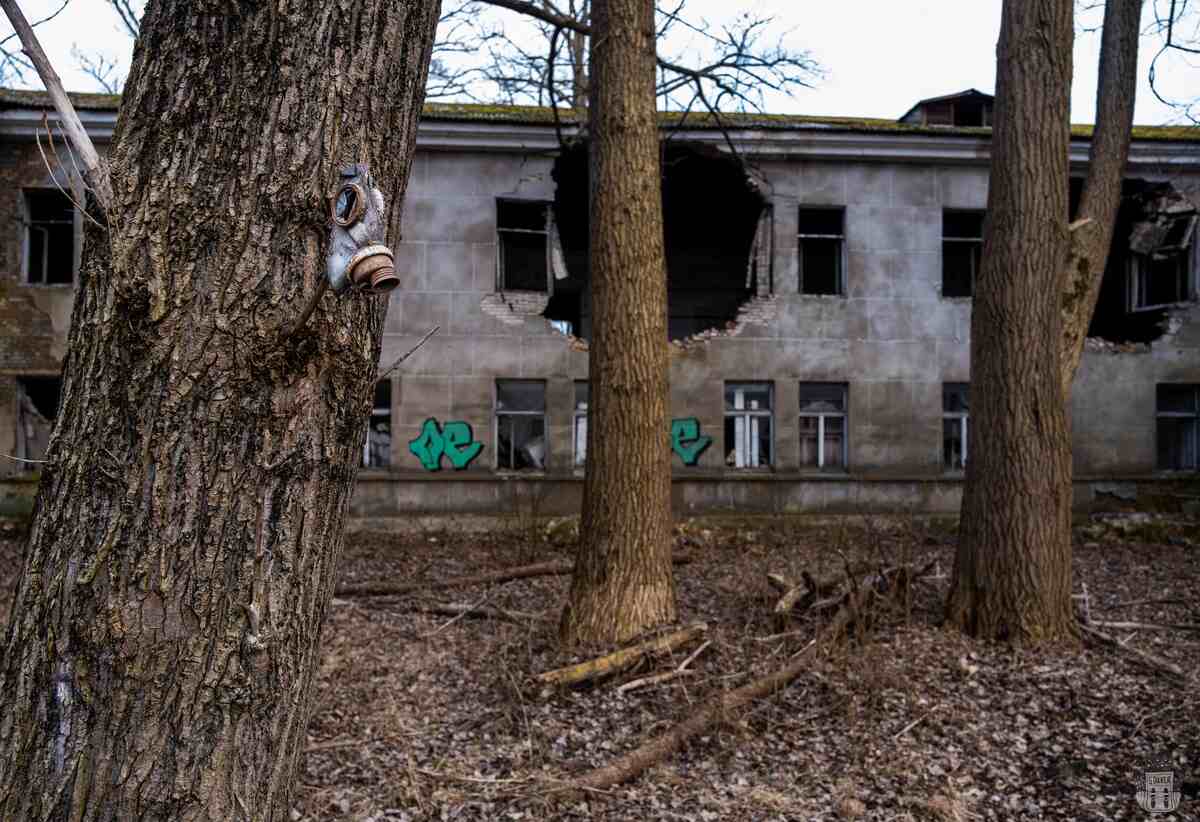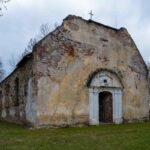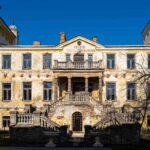The fortress of Daugavgrīva (German: Dünamünder Schanze, Festung Dünamünde, Polish: twierdza Dynemunt, Russian: крепость Дюнамюнде, Усть-Двинск, Swedish: Neumünde) stands as a testament to Swedish engineering in Livonia during the 17th century. Situated in Daugavgriva, near the mouth of the Buļļupe River flowing into the Daugava, this fortress holds a significant place in Latvian history.
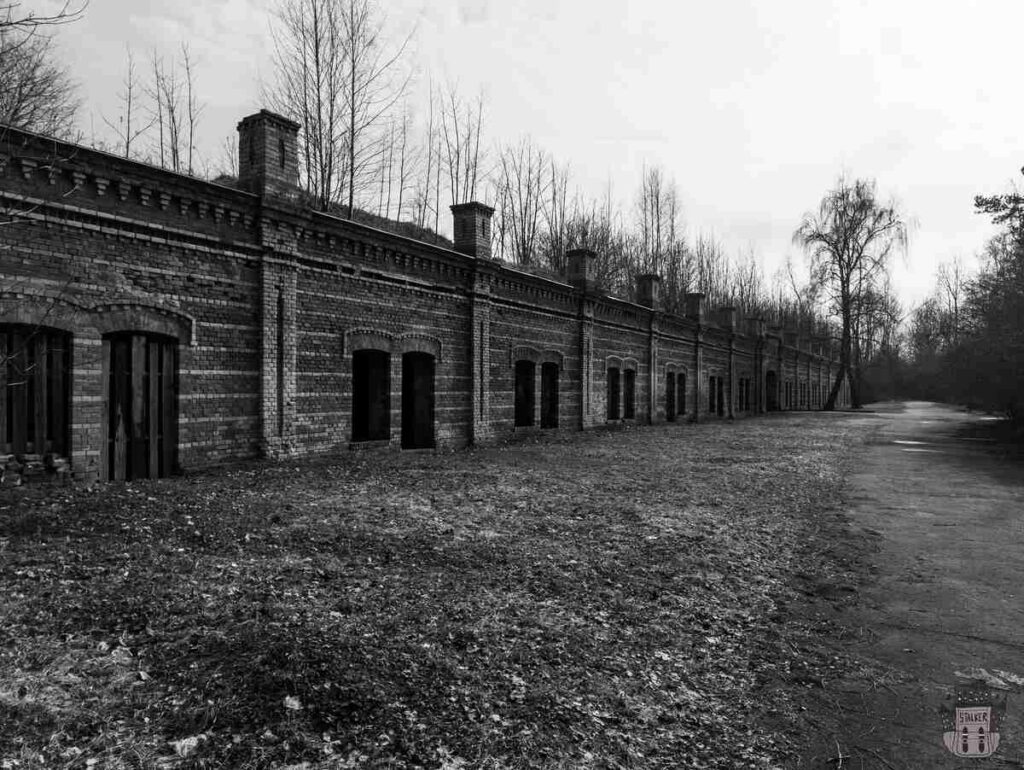
The Legacy of Johann Ernst Glück and the Formation of Latvian Troops
Between 1680 and 1683, the walls of Daugavgrīva housed Johann Ernst Glück, a German translator and Lutheran theologian. It was during World War I that the first unit of Latvian troops, the 1st Battalion of Latvian Fusiliers in Daugavgriva (1915), was established within these very walls. Four years later, the fortress witnessed the capture by the 9th Latvian Rēzekne Infantry Regiment. Today, Daugavgrīva fortress stands proudly as a monument of national importance, with part of its territory included in the customs domain of the Republic of Latvia.
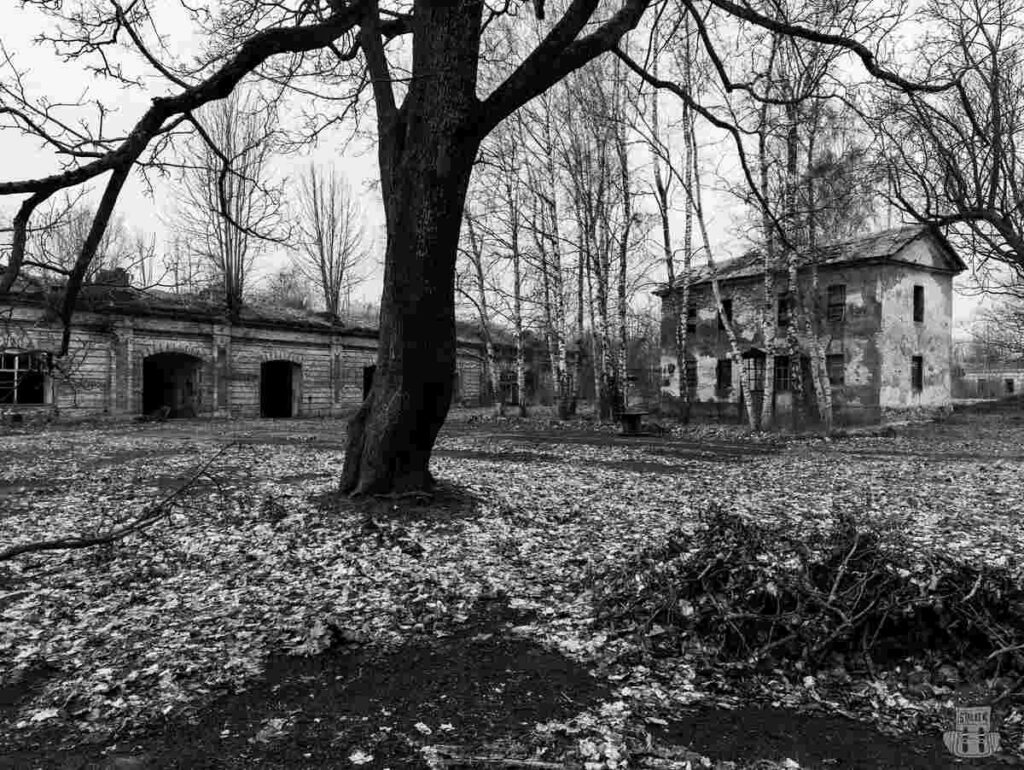
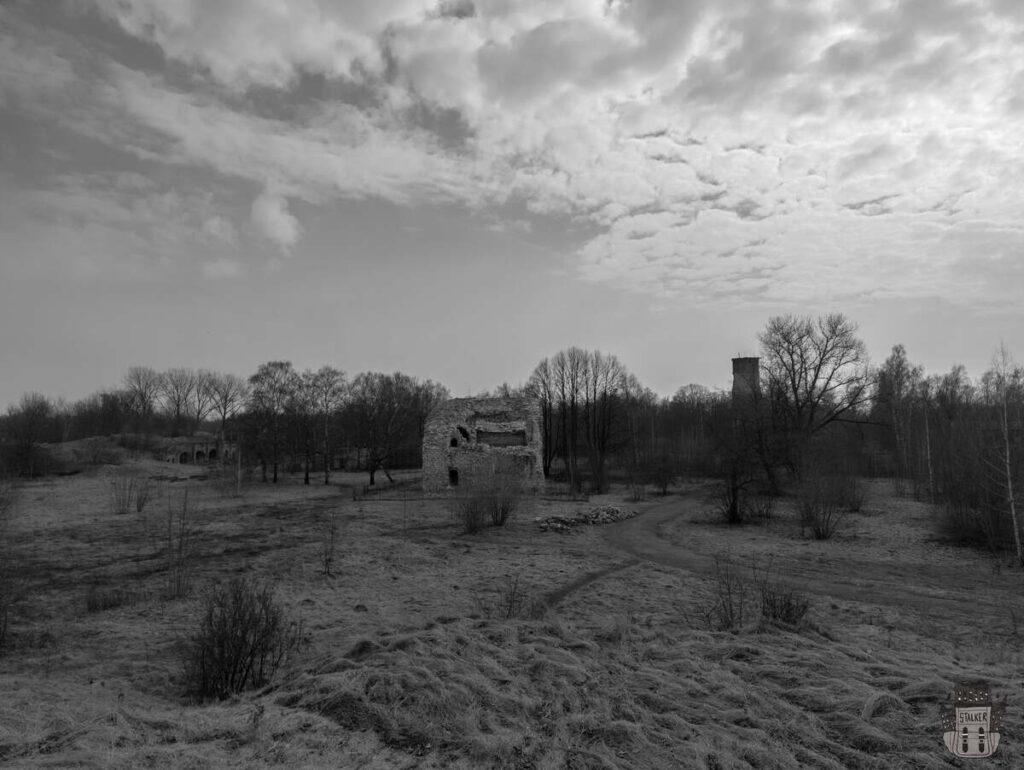
The Fortress of Neumünde and its Transformations
The Swedish fortress of Neumünde, designed in Dutch style by General Rothenburg in 1641, replaced the ruined Dünaburg Castle in 1680.
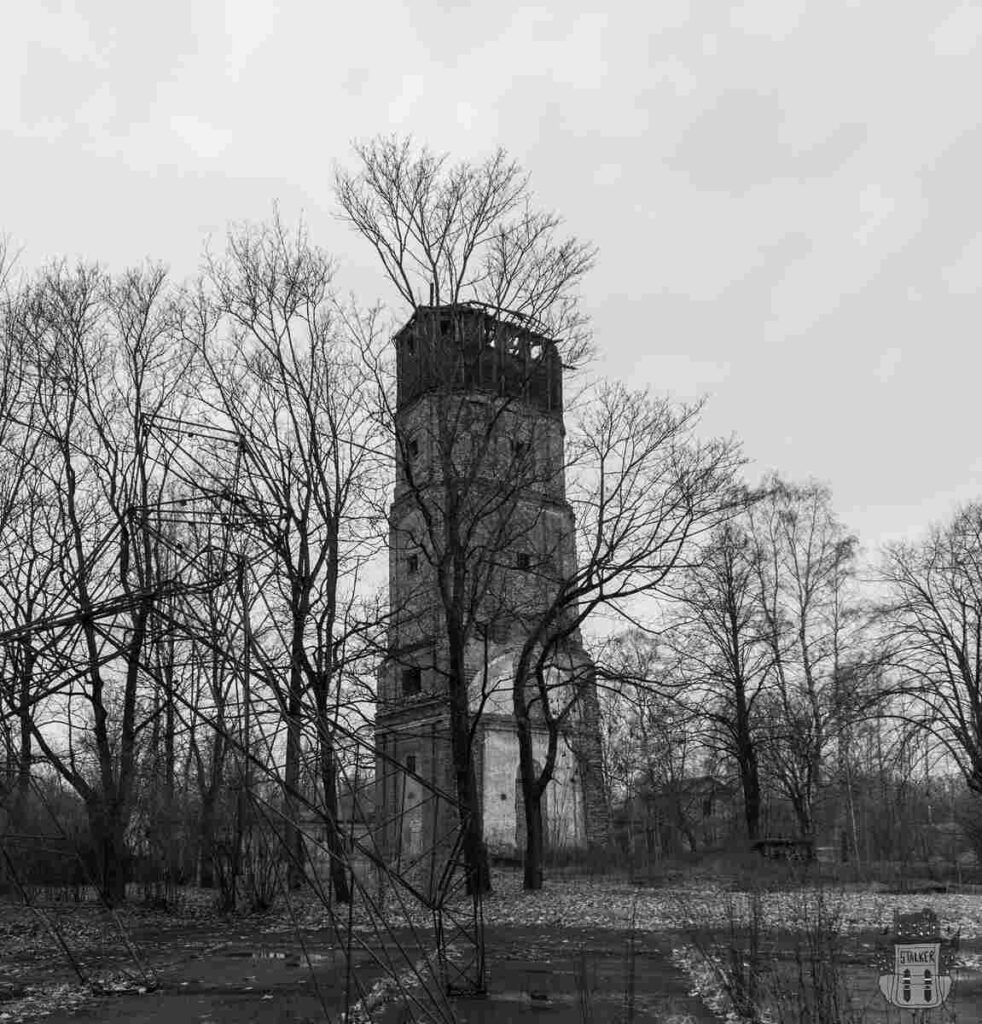
From Dynemunt to Ust-Dvinsk: The Ever-changing Fortifications
In the second half of the 16th century, the Daugava River altered its course, creating a new bed and mouth about five kilometres to the west. It was here that the Poles constructed a small fortress near the new river mouth. In 1582, King Stephen Bathory inspected the new fortress and named it Dynemunt. Fast forward to 1 August 1608, when the Swedes under Count Friedrich Joachim of Mansfeld conquered the fortress, giving it the name Neumünde (‘new mouth’). This new stronghold resides in what is now known as the Daugavgrīva district of Riga.
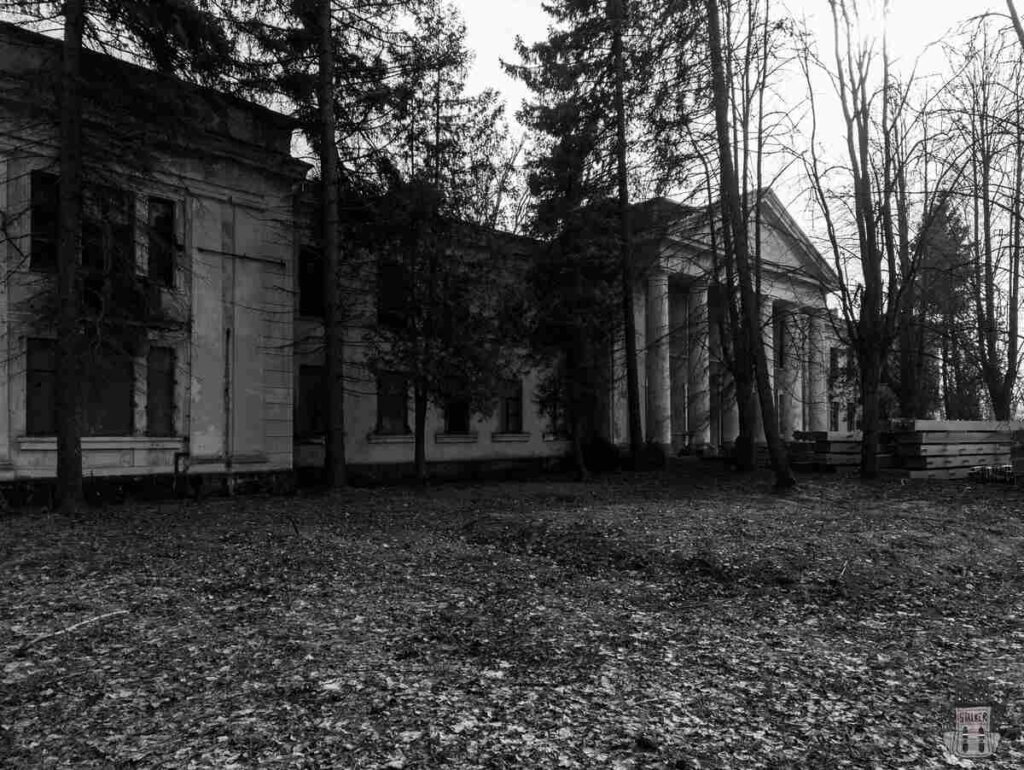
The Saga of War, Conquest, and Sovereignty
In 1653, a map from the Swedish Military Council revealed the destruction of Dünamünde fortress and the ruinous state of Daugavgrīva castle. The stones from the castle’s walls were repurposed to build the new fortress of Daugavgrīva on the opposite bank of the Daugava River.
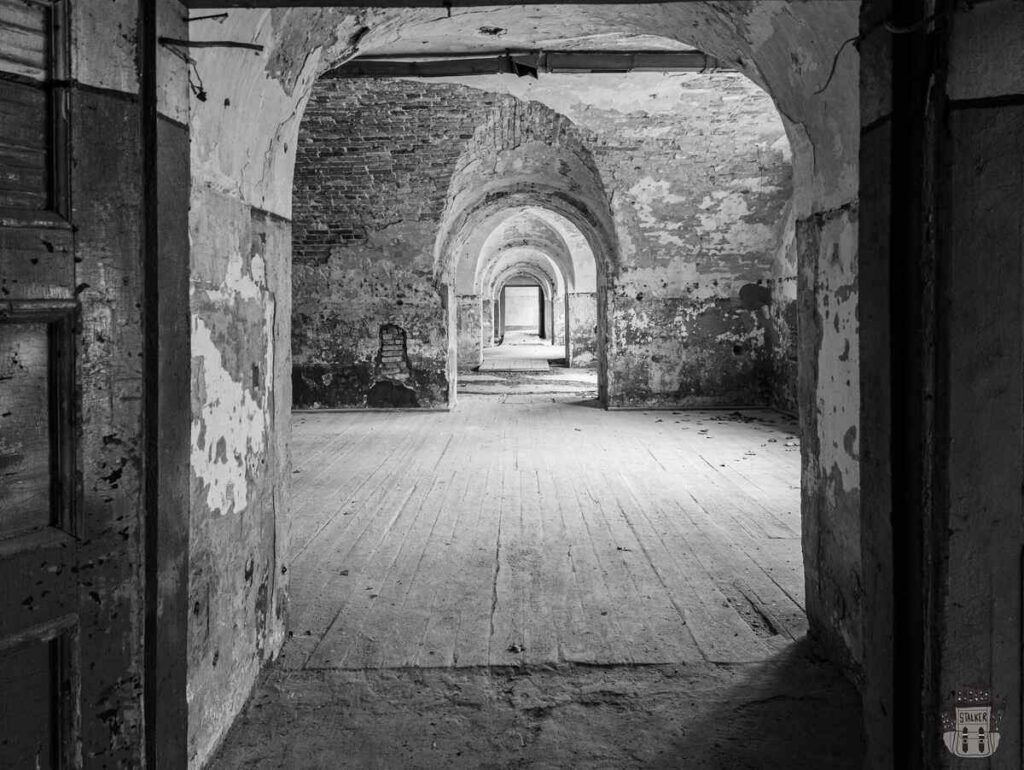
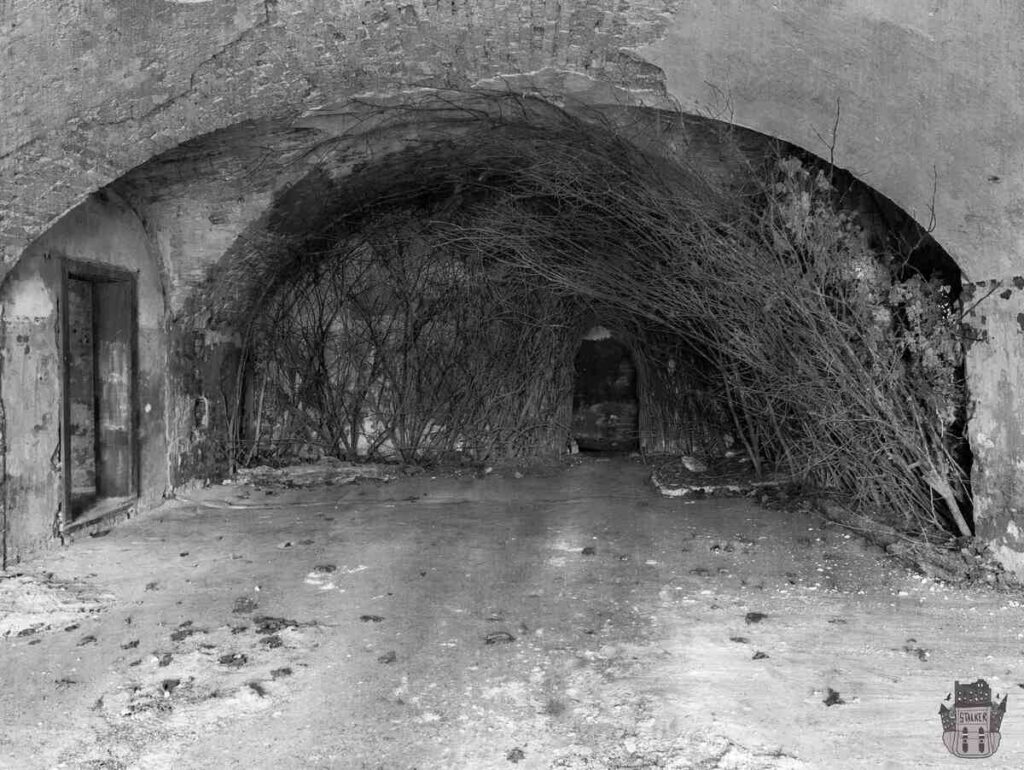
Dünamünde’s Conquest and the Struggle for Power
By 1700, Dünamünde fell to the Saxons, only to be retaken on 11 December 1701 by the Swedes. However, Augustus II the Strong‘s campaign in Swedish Livonia proved less fruitful than hoped. Although Dünamünde was captured and renamed ‘Augustusburg’, it failed to seize Riga or garner support from the local nobility. Moreover, the Russian forces had yet to join the Great Northern War. Joachim Cronman later assumed command but met his end on 5 March 1703. On 10 August 1710, Commander Carl Adam von Stackelberg surrendered to Field Marshal General Boris Sheremetev, transferring control of the fortress to the Russians. Under the Treaty of Nystad (1721), the Daugavgrīva fortress remained under Russian rule until Latvia’s independence in 1918.
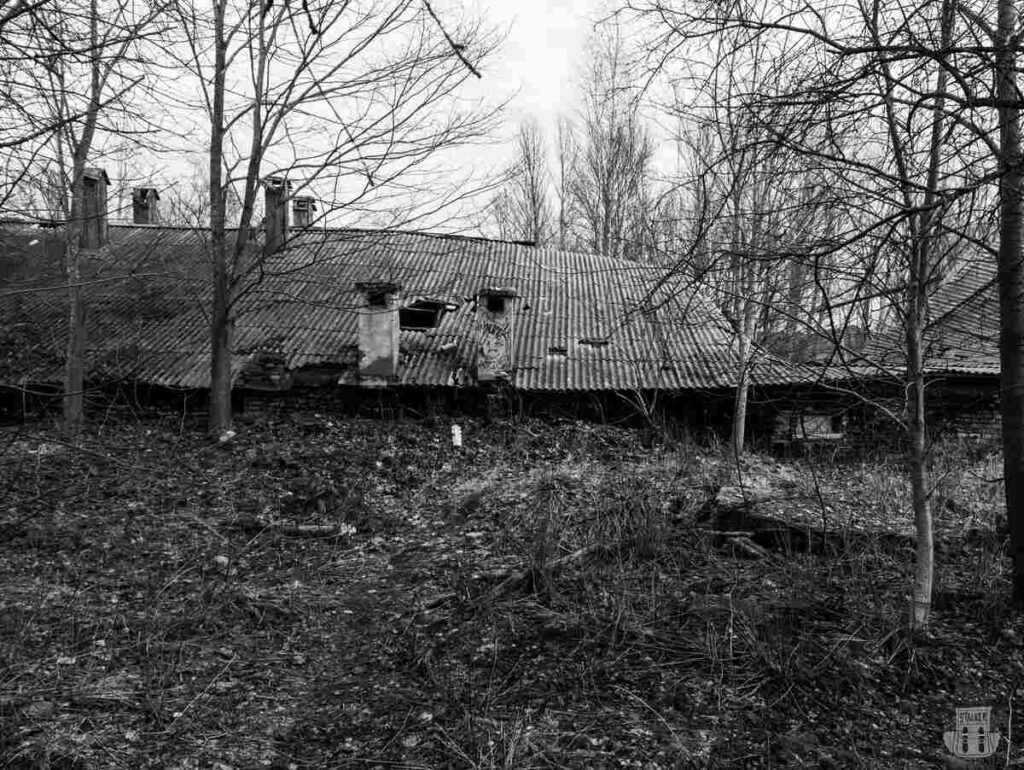
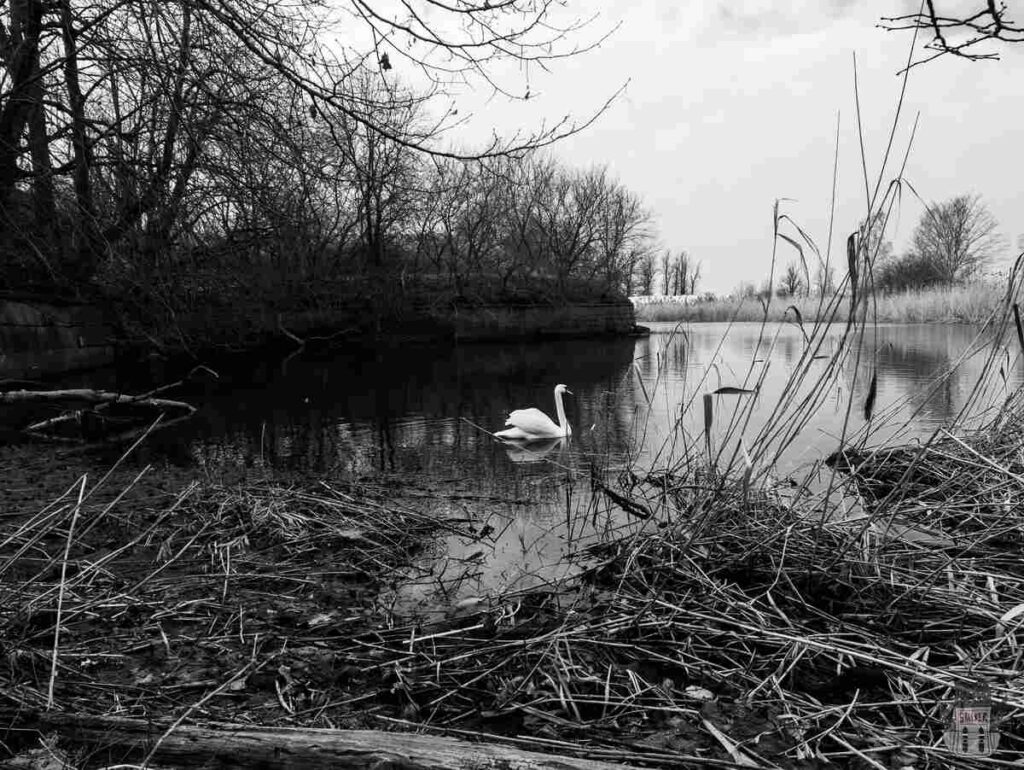
The Epic of War and Occupation
From 1850-1852, the fortress doubled as Riga’s winter port. During the Crimean War (1853-1856), Latvian and Estonian gunboat crews received training here. Their primary mission was to defend local ports and the coast from British naval attacks. In 1893, the Russian government renamed Dynemunt (inhabited solely by Russian soldiers) to Ust-Dvinsk (Усть-Двинск). World War I saw the emergence of Latvian militia companies within Daugavgrīva, paving the way for Latvian rifle units. These companies stood among the first Latvian fighting units. The fortress fortifications underwent complete reconnaissance before the outbreak of war. Throughout the conflict, Daugavgrīva fortress endured bombardments by German air forces, culminating in German control. In 1917, German Emperor Wilhelm II personally inspected the site, solidifying their occupation.
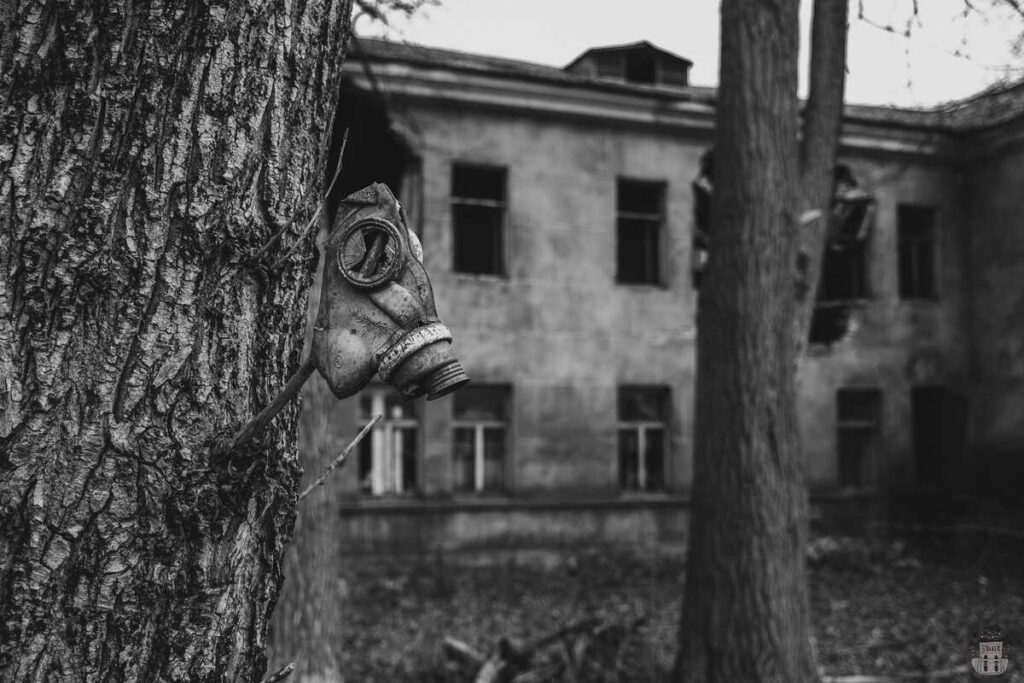
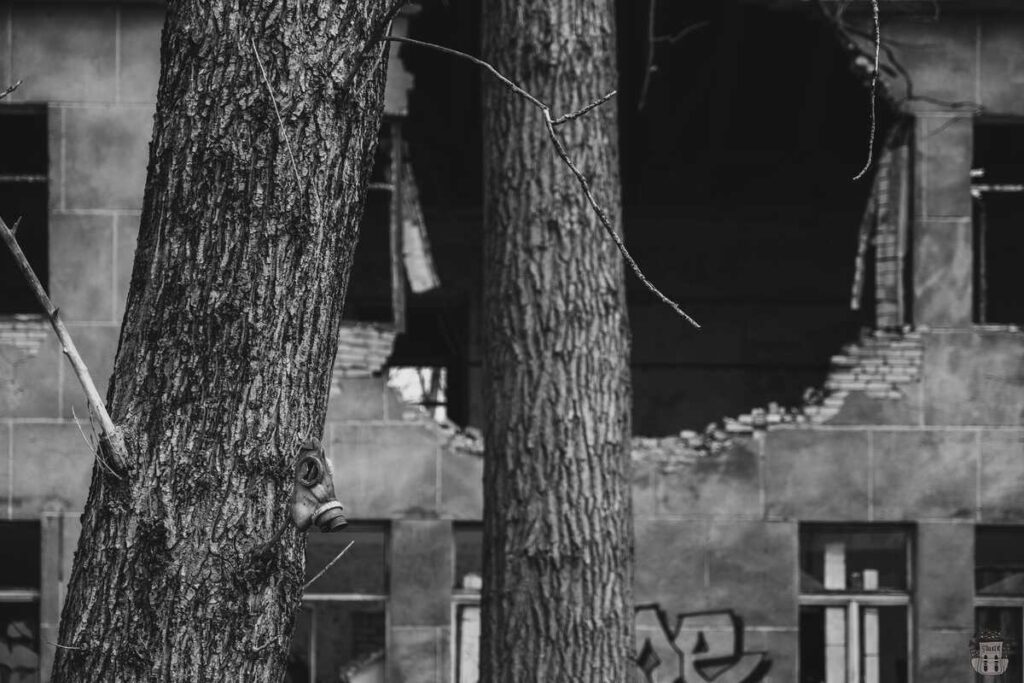
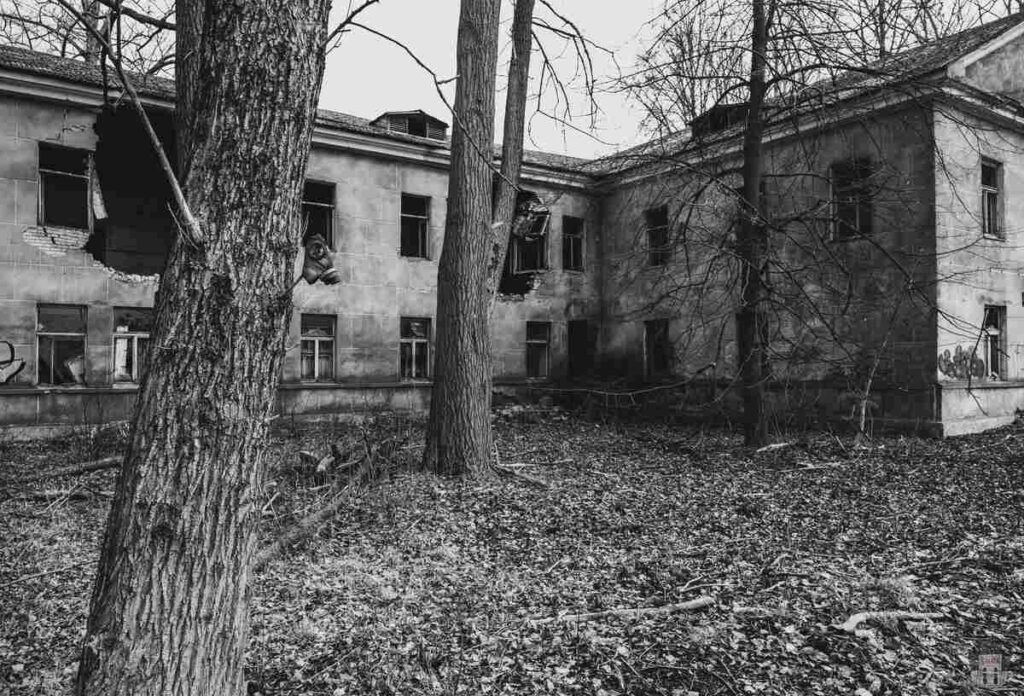
Daugavgrīva Today: A Monument Reborn
Today, the fortress welcomes visitors on Saturdays and Sundays. Since 2014, the local non-governmental organization, the Bolderaja Group, has actively contributed to the restoration and management of the fortress. The Kometa art and culture
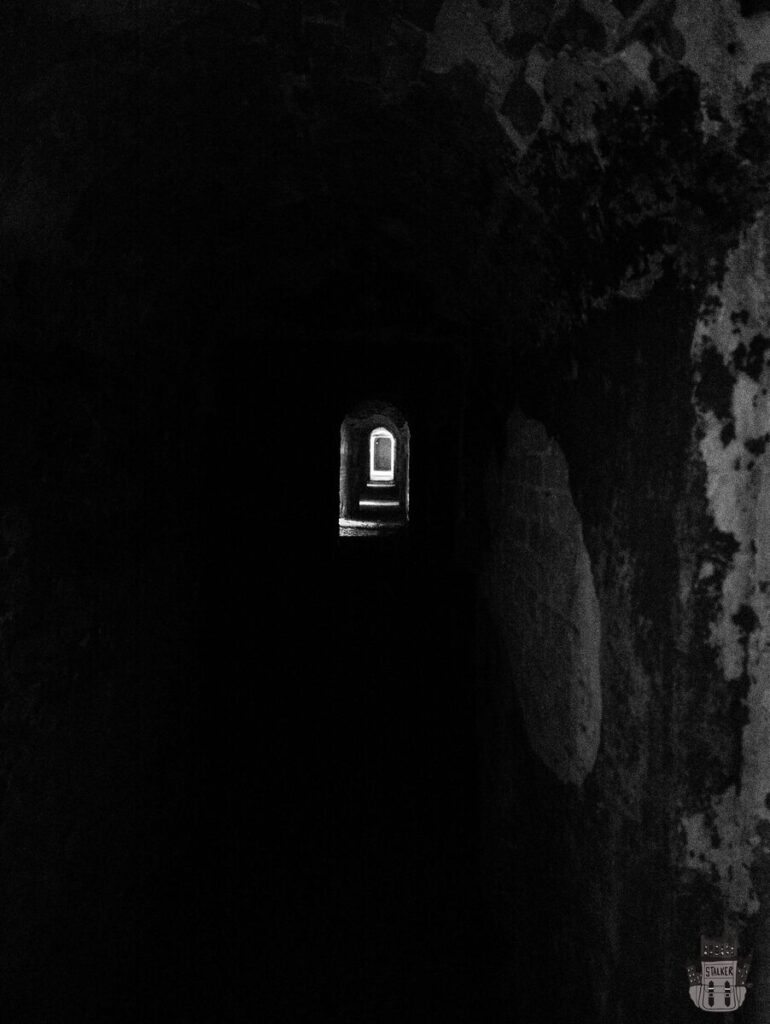
Urbex location:

